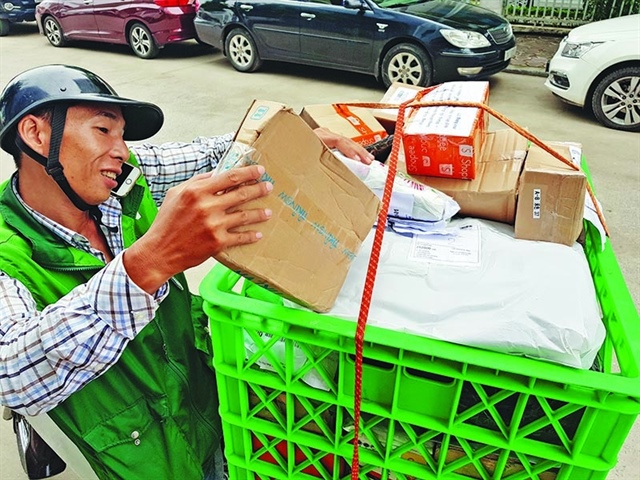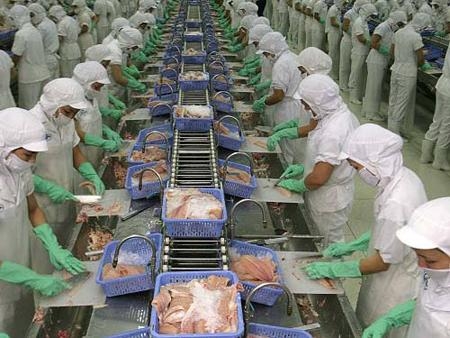Local food and beverage exports to Russia have potential
Local food and beverage exports to Russia have potential
Viet Nam has had many opportunities in the past to boost food and beverage exports to Russia but businesses have failed to take this advantage.
The failure was partly due to not understanding the Russian market, explained the Viet Nam Trade Promotion Agency (Vietrade).
Vietrade held a conference yesterday in Ha Noi to provide information and more details on Russia and Ukraine so enterprises can seek out business opportunities.
According to La Van Chau, Viet Nam's former commercial attache to Russia, because the climate of Russia is not suitable for growing many crops, the country with a population of around 145 million, has a huge demand for imported fruit and vegetables as well as beverages including coffee and tea.
Although Russia is a traditional export market for Viet Nam, the volume of food and beverage exports to Russia remains limited and some products have recently even seen a drop in sales, says Chau.
He pointed out that seafood exports to Russia hit a record high of US$205 million in 2005 but fell to about $100 million in 2011, fruit from $34 million in 2009 to $28 million in 2012 and rice from $37 million to only $7 million.
However, Viet Nam's total export turnover to Russia has increased nearly four folds since 2009 but the export of agricultural, forestry and seafood products has only seen a rise of 23 per cent, he said, adding that the export of these products has fallen by more than 50 per cent compared to before 2009 and by 20 per cent from 2012.
Chau said that taking part in trade fairs and exhibitions in Moscow, which has accounted for 57.7 per cent of Russia's import volume, was one way for enterprises to penetrate the market together with accessing retailers and supermarket giants such as the X5 Retail Group, Auchan Group, Rollton Group, Metro Cash & Carry Russia Ltd and the Perecrestok chain.
Once products have reached Russia they can also be freely distributed around Belarus and Kazakhstan, he added.
Chu Xuan Kien, director of the Ha Noi Trade Corporation, says that businesses should pay more attention to packaging their agricultural products to preserve product quality when exporting to those markets, due to long transportation times, which can be up to 75 days in wintertime.
According to Duong Hoang Minh, Deputy Director for the European Market at the Ministry of Industry and Trade, the free trade agreement (FTA) between the Customs Union of Belarus, Kazakhstan and Russia and Viet Nam is still being negotiated but expected to be signed in 2014.
Trade with Russia is forecast to boom during 2015-16 after the FTA comes into effect, providing opportunities for many Vietnamese enterprises. Regarding Ukraine, Minh said that the market had similar import demands as Russia, including seafood, fruit, cashew nuts, pepper, footwear and textile products. He said that negotiations on a FTA with Ukraine were expected to get underway soon.
Viet Nam could promote the import of new technologies and machinery as well as attracting investment from Russia and Ukraine in the manufacturing, transport and food processing industries, said experts at the workshop.
The department's figures show that two-way trade between Viet Nam and Russia and Ukraine reached $2.4 billion and $313 million, respectively, in 2012.
vietnamnews



















